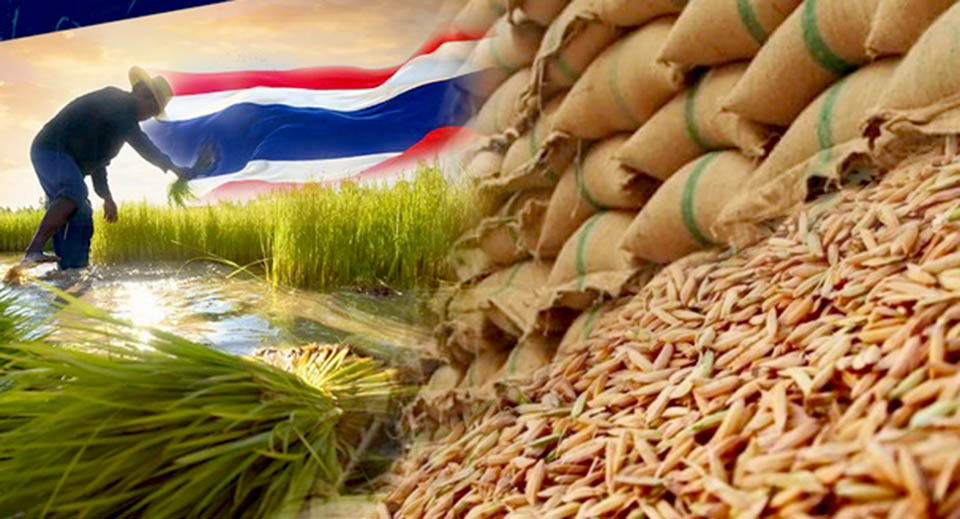
Thai farmers continue to face financial hardships, with a recent study revealing that state efforts to support them have failed to improve their income over the past decade. Despite government subsidies, Thai farmers remain the poorest in Asia and ASEAN, with an average loss of 2,000 baht per rai (approximately 1,600 square meters of land) and higher levels of debt.
The University of the Thai Chamber of Commerce (UTCC) conducted the study, comparing the income of Thai rice farmers with that of major rice-exporting countries such as India, Vietnam, and Myanmar between 2012 and 2022. The results showed that Thai rice production, income, and savings were consistently lower than those of its competitors.
Meanwhile, their income decreased by 777.7 baht per rai, with Thai farmers earning 3,900.3 baht per rai in 2022, compared to 4,678.0 baht per rai in 2012. Consequently, Thai farmers faced a loss of 1,998.2 baht per rai in 2022, compared to a surplus of 838.3 baht per rai in 2012.
One of the key factors contributing to this disparity is the significantly lower rice yield per rai in Thailand compared to Vietnam, where Thai yields are only a third of their Vietnamese counterparts. UTCC’s Director of the Center for International Trade Studies Aat Pisanwanich pointed out that many Thai farmers engage in rice cultivation only part-time, while Vietnamese farmers are professionals in the field.
He noted that Vietnamese farmers follow a more efficient approach called “3 Reductions, 3 Increases,” which involves reducing costs, chemical fertilizers, and pesticides while increasing productivity, quality, and profit. On the other hand, Thai farmers tend to focus more on price and yield, neglecting measures to reduce production costs. Aat recommended providing soft loans or financial assistance to individual farmers or farmer groups to build reservoirs and prepare for future droughts. (NNT)






